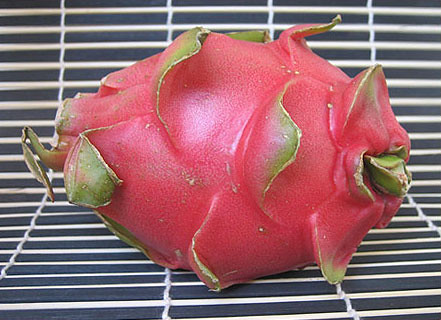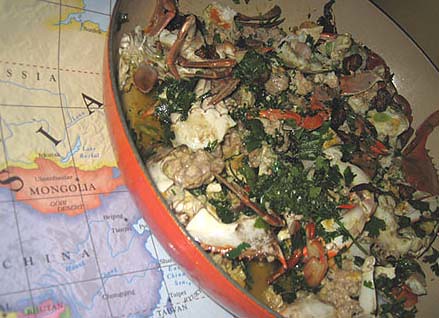57225 Main Road, Southold, North Fork, Long Island
631/765.0177
about $250 for two, with four drinks, without tip
♥ ♥
From Chef Gerry Hayden, of Manhattan’s Aureole and Amuse, and Gramercy Tavern’s pastry chef Claudia Fleming, comes a huge effort. The menu concentrates on the island’s freshest produce including seafood from Peconic Bay and the Long Island Sound. We walked in a few minutes before our 9pm reservation to a hushed dining room. Even though the decor is bare, the lighting was perfect enough to bring out the coziness of what was the old Coeur des Vigne. At the bar, they didn’t have fresh mint leaves, but it was too early to be disappointed so we ordered the tomato water martini and raspberry bourbon instead. Both were too strong to be enjoyed, so we basically nursed our drinks until our main courses came.
It was because we had our drinks on the table that our waiter never asked us if we were interested in wine with our dinner. But what do you expect when most of the wait staff look like they’re under twenty-five years old? The restaurant is quite new and the service needs a little sharpening–a little finesse, just like what Thomas Keller would say.
But what The North Fork Table & Inn lacks in service is made up by the seasonal and local items on the menu. The roasted beets with goat cheese from Catapano Dairy Farm were evenly roasted. Salted pistachios gave them a crunch and the sherry vinegar a nice kick. I had the yellowfin tuna tartare with ponzu sauce topped with mizuna greens: fresh and light.
We never usually order fish from the menu, but the sautéed wild striped bass came with warm fennel, radish and celery salad, so it was hard to say no. The meat was so tender, just perfectly cooked. The olive vinaigrette gave it the right amount of salty taste. And who says no to lamb chops? For forty dollars, they were the most expensive dish in the menu, but the chops came with a nice cut of shoulder, too, encrusted with smoked pepper. I could have been happy even without the mashed potatoes on the side, but I suppose most diners expect something mushy with their manly dinner.
Have I already mentioned that Claudia Fleming was awarded by the James Beard Foundation as its best pastry chef of 2000? How else can I describe the upside-down peach and blueberry cobbler with sour ice cream? Try divine.
North Fork is about two hours away from Manhattan but the Table & Inn makes the trip worth it.











